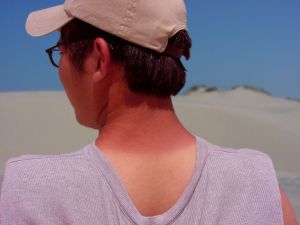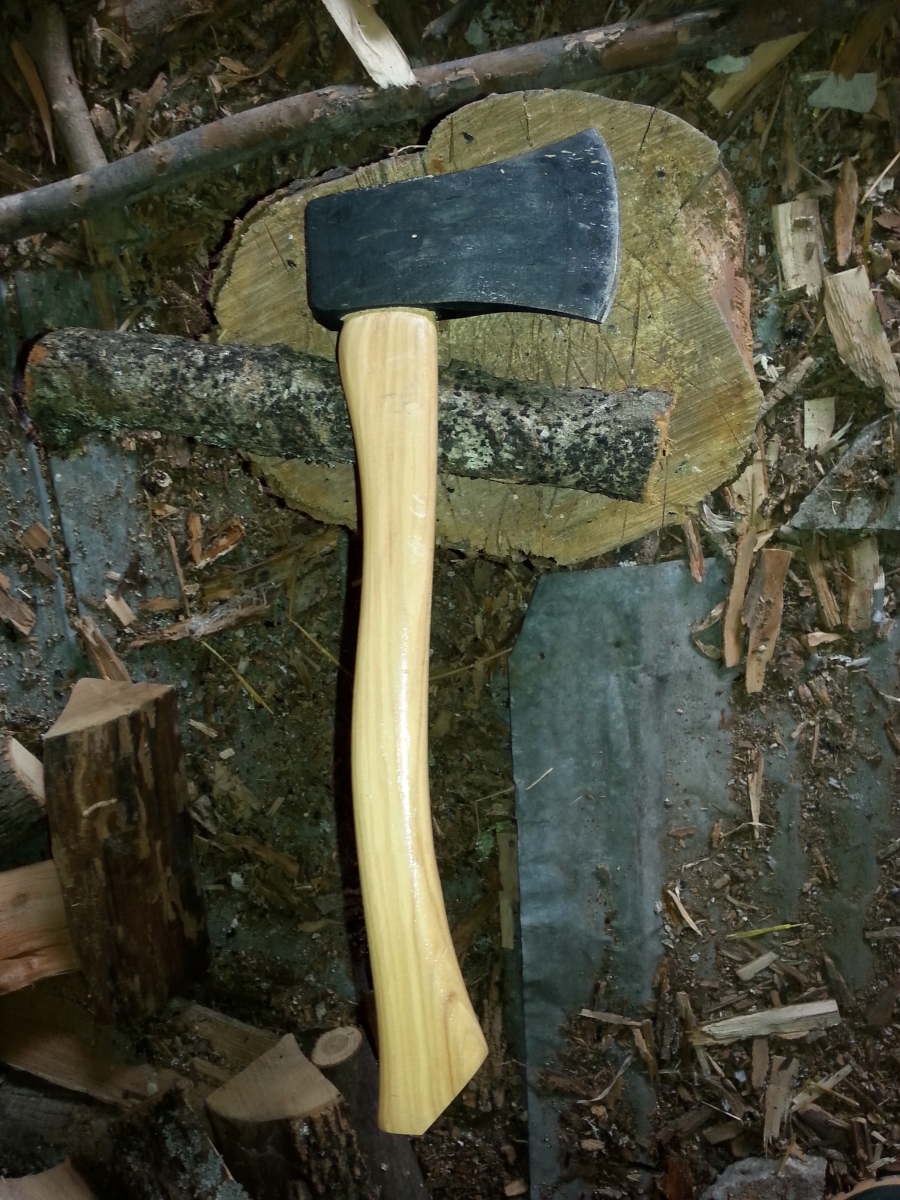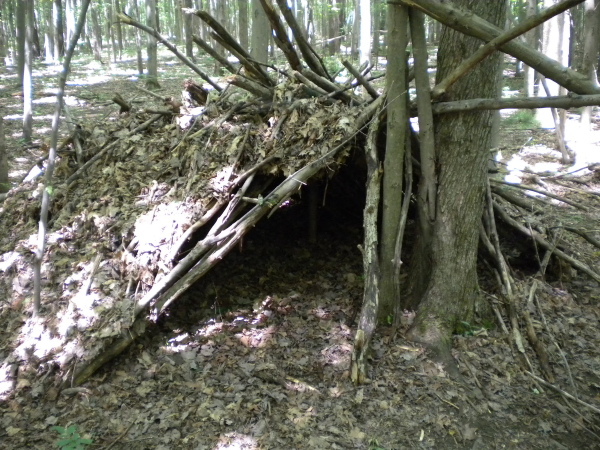Sunburn happens when unprotected skin is exposed to sunlight for too long. It can happen to anyone at any time of the year and can be a painful souvenir of a great day in the outdoors. If you have been burnt while on the water, at the beach, working in the garden or even while skiing, here are some tips to help manage the discomfort.
To protect yourself from sunburn in the first place, use a good quality suntan lotion anytime you will be outside for longer than 15 minutes. The suntan lotion (or spray) should have an SPF30 or more for maximum protection. Apply the suntan lotion to any exposed skin such as the face, nose, ears, back of the neck, arms, chest, back, and legs – in short to any skin that is not covered by clothing. Re-apply suntan lotion after swimming or getting wet. Many suntan lotions claim to be water proof but in reality most are not. Chapstick also manufactures a brand to protect your lips.
Sunburn will start to make your skin appear as pink to nearly red in colour within 2 to 6 hours after exposure. Your skin will likely feel warm to the touch and can actually start to swell from the irritation. Start your treatment by gently dabbing the affected area with a cloth soaked in cool water. Apply a compress using the cloth to help cool down the affected skin.
Do not use soap as this leads to drying of the skin. Do not wipe the skin dry as this will be very painful. It is very important to keep the skin and you hydrated. Use an Aloe Vera based after-sun moisturizer after cleaning your skin to help re-moisturize and keep drinking lots of water to replace fluids which may have been lost in the heat of the day. Drinks such as orange juice which is high in vitamin C and sources of vitamin E are helpful to take as well. Avoid alcohol and caffeinated beverages as they can also lead to drying.

Once sunburn has started to appear, avoid any more exposure to sunlight as this will only worsen the condition. If you must go outside, wear very soft and lightweight clothing over the affected areas.
If blisters do start to appear (2nd degree sunburn) or even worse there are cracks within the sunburned skin, or the skin is numb to the touch, (3rd degree sunburn) and/or the patient is unconscious, or the burn is to over 1/3 of your body seek medical help.
The first 24 to 48 hours after the sunburn appears are usually the worst. Help reduce swelling of the skin and to help with pain or itching take Advil or Ibuprofen. Aspirin works as well, but can lead to drying which is extremely painful should a large area of your body be burnt, such as your back.
Blisters, sometimes quite large, may start to appear on the sunburn. Avoid popping them as this will only add to the discomfort and increases the risk of infection. If necessary, protect the blisters with gauze bandage lightly applied over them. Do not use surgical tape to hold the gauze in place, the pain when it comes time to remove the tape would be immense.
The fluid within the blisters should be mostly clear, but if it appears yellow in colour or there are red lines running away from the blisters, then there could be an infection so seek medical help as soon as possible. Avoid applying any moisturizers until the blisters have popped and the skin is starting to peel.
Once new skin has formed under the sunburn areas, the old burnt skin will start to peel. Although this can look rather ugly, it is a good sign you are on the road to recovery. Now it is ok to start applying moisturizers.
The best type to use is Aloe Vera. Aloe Vera is a plant that has been used since ancient Rome to treat sunburns and minor abrasions. Use a moisturizer that is high in Aloe Vera content with few or no “non-medicinal ingredients”. Certain non medicinal ingredients can cause the skin to dry if applied too early and may be such things as alcohol which could be very painful if applied to still sensitive areas or over a large area. You can also use pure Aloe Vera by snapping off a leaf of the plant and carefully applying the sap to the affected areas.
Some doctors are advising not to use lotions that contain Lidocaine as products that have “caine” in their names can cause a reaction on the skin which will also be very painful to someone who has sunburn.
After a couple more days of peeling, usually within 7 to 14 days of receiving the burn your skin should be healed. Use caution for a while afterwards when going outside as your new skin will still be sensitive and until it is broken in there is a greater chance of burning again.
Doctors are also starting to draw conclusions that people who received sunburn several times in their younger years are more likely to get skin cancers as they get older. This is even more reason to sunscreen your children before they go to play outside.
Before your next outdoor adventure whether it is mowing the lawn, fishing from your boat, watching a baseball game, skiing, or heading to the beach make sure to cover up with suntan lotion so you don’t get burned.
Copyright 2019 Mike Wilson





